
Erasing Singapore/Recovering Tokyo
“Anything old or not conceived of within the master plan is torn down and replaced with the modern high-rise – notwithstanding public pleas for preservation of heritage. Sterile tiled pavements and concrete sidewalks that are easily cleaned have paved the entire island.” in The Good, the Bad, and the Utilitarian: Singapore’s Schizophrenic Urbanism by Ting-ting Zhang and William Tan.
Part of a wider research project on the predatory mode and the speed of the production of space in Southern Asia entitled TOO FAST, TOO FURIOUS, two folds of our work have been exhibited in the Seoul City Hall Gallery from 11 th to 23th March 2015. The exhibition Aging Dragons curated by Hyeri Park was focused on the post-growth situation of the following developed Asian cities: Hong Kong, Seoul, Singapore, Taipei and Tokyo, and part of the international symposium, ‘Beyond Big Plans‘.
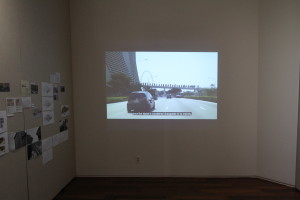 Erasing Singapore, curated by Charlotte Malterre-Barthes with Noboru Kawagishi
Erasing Singapore, curated by Charlotte Malterre-Barthes with Noboru Kawagishi
Critically questioning the ongoing processes of urban development, “Erasing Singapore” concentrates on establishing a parallel between the constant elimination of building, structures, green spaces and the loss of memory and identity. The installation is composed of 2 elements, a film and a time-line, contemplating new housing projects, existing dwelling and unbuilt spaces along with the history of growth of Singapore.
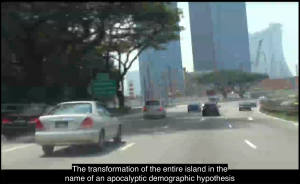
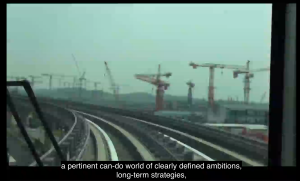 Illustrating how urban expansion equals disappearance, the film is entitled “Erasing Singapore: the extermination of space and memory”. The work consist of superimposing literature excerpts from local novelists as well as official texts, and critical articles by local and foreign architects overlaid on almost-still portraits of ancient, new and construction locations on the island to reflect on the unswerving path of built production in Singapore. A chronological narrative complement the video, to reflect on how the island developed from a bustling colonial comptoir to Asia’s principal financial center. Laying out the history of growth of Singapore, the timeline runs along three parallel tracks, one following political powers from 1800 to today, another following the corresponding Masterplan from the 1822 Jackson plan to the 2014 URA Masterplan. The third track follows the evolution of the Housing and Development Board estates and its New Towns strategies. Along these three lines, quotes from existing literature operate as a critical commentary on the growth of the island, the question of democracy and the remodeling of its territory as part of a larger social engineering project.
Illustrating how urban expansion equals disappearance, the film is entitled “Erasing Singapore: the extermination of space and memory”. The work consist of superimposing literature excerpts from local novelists as well as official texts, and critical articles by local and foreign architects overlaid on almost-still portraits of ancient, new and construction locations on the island to reflect on the unswerving path of built production in Singapore. A chronological narrative complement the video, to reflect on how the island developed from a bustling colonial comptoir to Asia’s principal financial center. Laying out the history of growth of Singapore, the timeline runs along three parallel tracks, one following political powers from 1800 to today, another following the corresponding Masterplan from the 1822 Jackson plan to the 2014 URA Masterplan. The third track follows the evolution of the Housing and Development Board estates and its New Towns strategies. Along these three lines, quotes from existing literature operate as a critical commentary on the growth of the island, the question of democracy and the remodeling of its territory as part of a larger social engineering project.
Recovering Tokyo curated by Noboru Kawagishi with Charlotte Malterre-Barthes, Naomi Hanakata and Shoichiro Hashimoto.
Tokyo is a megacity region beyond its peak. The decades of an ever-expanding periphery belong to the past. An extreme economic growth, population increase and speculative investment had transformed the Japanese megalopolis from an accumulation of wooden houses to a densely woven carpet of buildings with multiple concentrations of high-rise centralities within some 50 years. With the end of the bubble economy in the early 90s, Tokyo has entered a “dead end” of expansion. In contrast to years of growth we observe a current trend to subside and to contract, to rediscover existing urban qualities and building stock and to face the challenges in the urban periphery. Paradigmatic for this ‘life beyond the death of the city’, the exhibition follows the trajectories and transformations of 3 case studies: the Inner City Old Markets (Yami-ichi), the Wooden Belt around the central area, and the Peripheral New Towns.
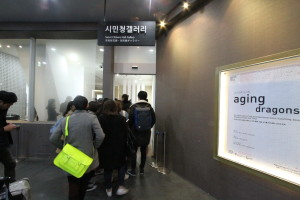

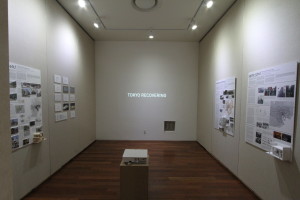
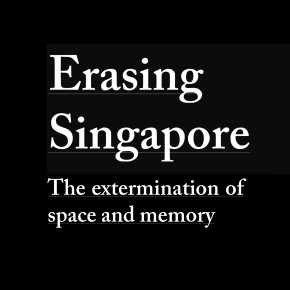
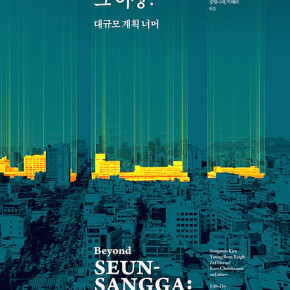
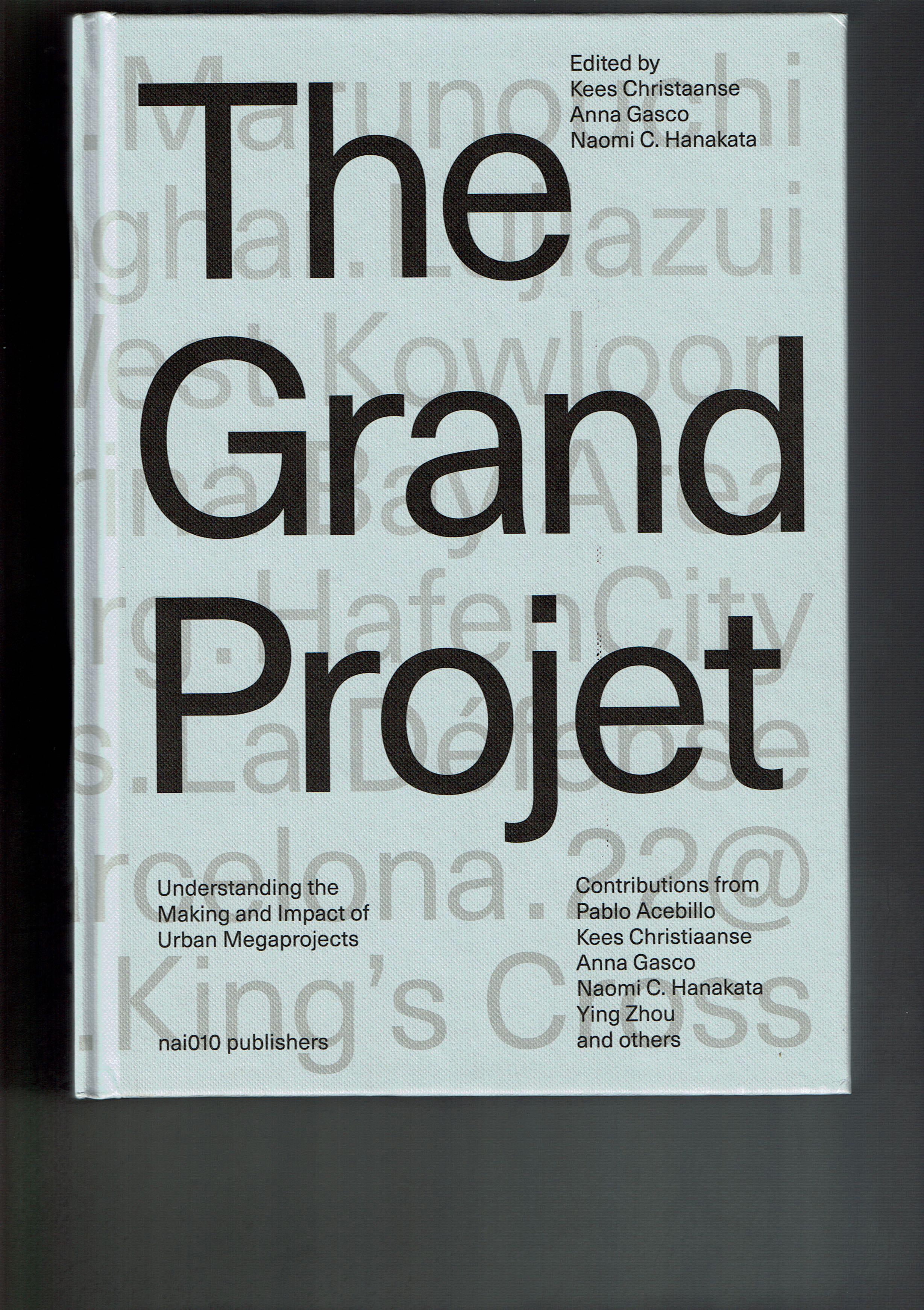
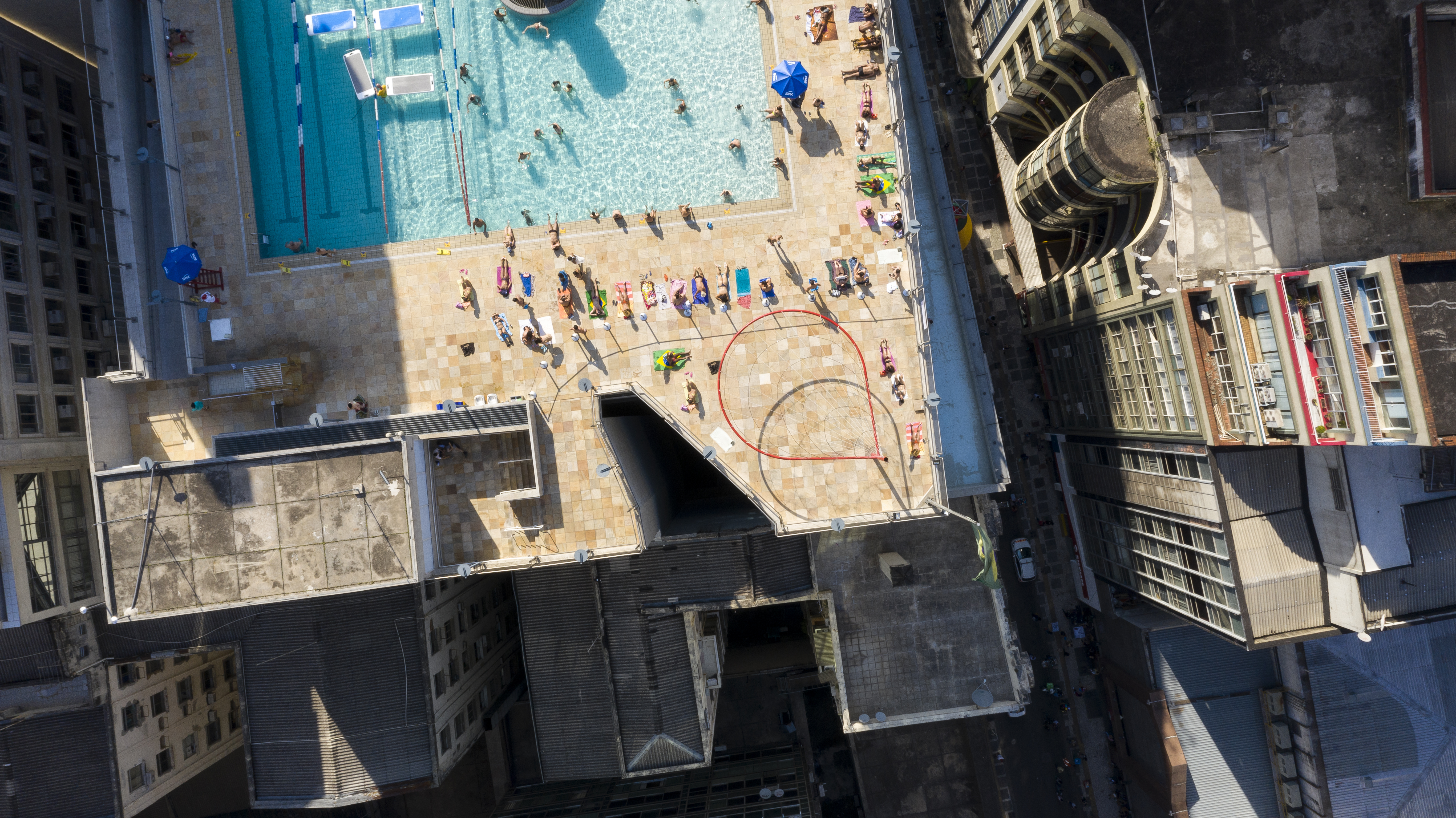

One thought on “Erasing Singapore/Recovering Tokyo”